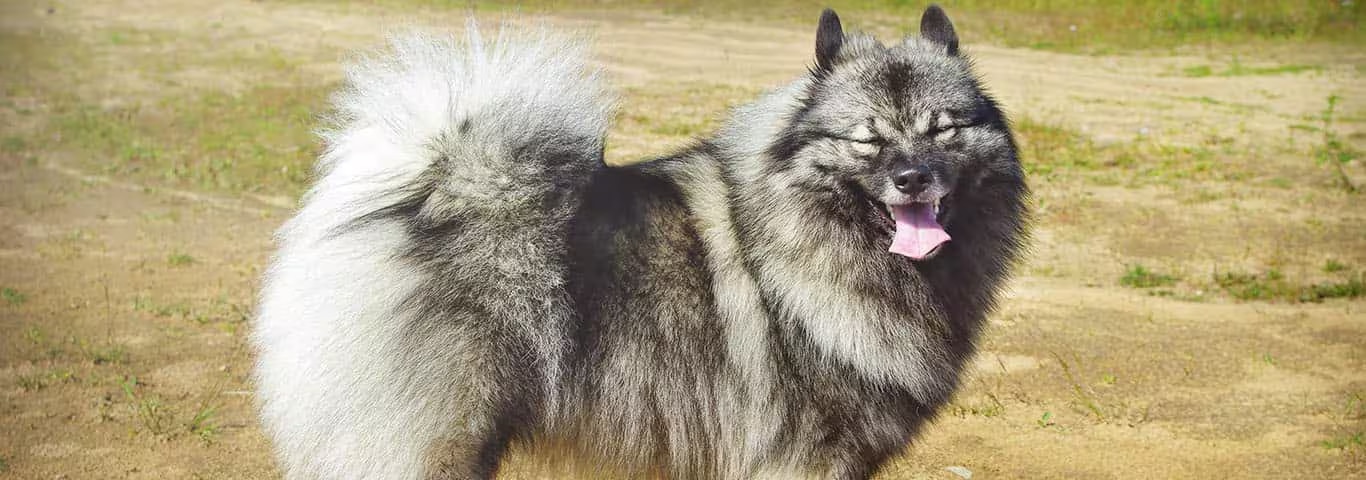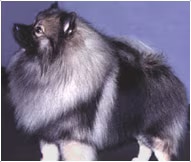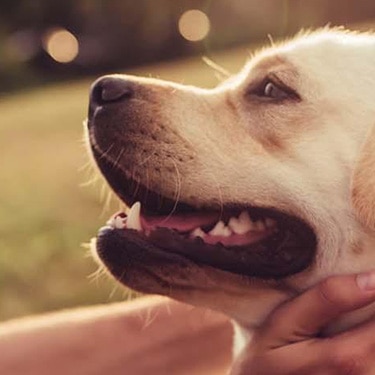The natural tendencies of the Keeshond are such that no special training is usually needed for them to act as an alert watchdog. They rarely bite, however, and once a person is welcomed into the home, the keeshond will readily accept them.
The keeshond is friendly by nature to both people and other dogs. Their demand for affection is high, and they prefer to be included with the family rather than be left outside on their own. Keeshonden both bark and "talk." The alert keeshond barks a warning that a stranger is near, but rarely are they nuisance barkers.
Keeshonden are handsome, intelligent dogs with a delightful personality. Their playful, affectionate nature makes them ideal family pets. Unlike other northern breeds, the Keeshonden are relatively easy to train.
Rarely are they nuisance barkers, but they will bark a warning that a stranger is near. A keeshond is most happy if allowed to live in the home with the family, his "pack." The ideal situation, of course, is one in which the dog can come in and out of the house on its own, through a dog door.
Keeshonden can remain outside in cold weather, but appropriate shelter should be provided. Because of their thick coats a hot, humid climate is not recommended.
The keeshond (pronounced KAYZ-hawnd) is an old breed used for centuries as a family companion and watchdog. Many Keeshonden could be found living on the barges and farms in Holland where their masters depended on them for controlling the vermin population as well as providing loyal companionship.
A longtime resident of Holland, the Keeshond became the symbol of the Patriot Party in the 18th century. The name comes from the leader of this group, Kees De Gyselaer. This is the basis for the breed name as "Kees' dog" in Dutch would be "Kees hund.”
The original Keeshond probably descended from the same arctic strains that produced the samoyed, spitz and Norwegian elkhound. The dog's gentleness and devotion suggest that he was never intended as a hunting dog, but rather as a companion.
Today, the Keeshond continues to be regarded as a loyal house pet and an outgoing "people dog."




















